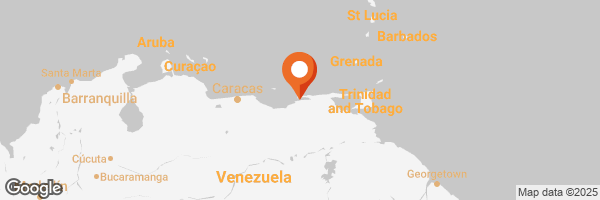Today I return to make a tour of an emblematic alley of the historic center of the city of Cumaná, I refer to the alley "El Alacrán", if you want to know more about the history, in this post I reveal the origins of this peculiar name and other interesting facts.
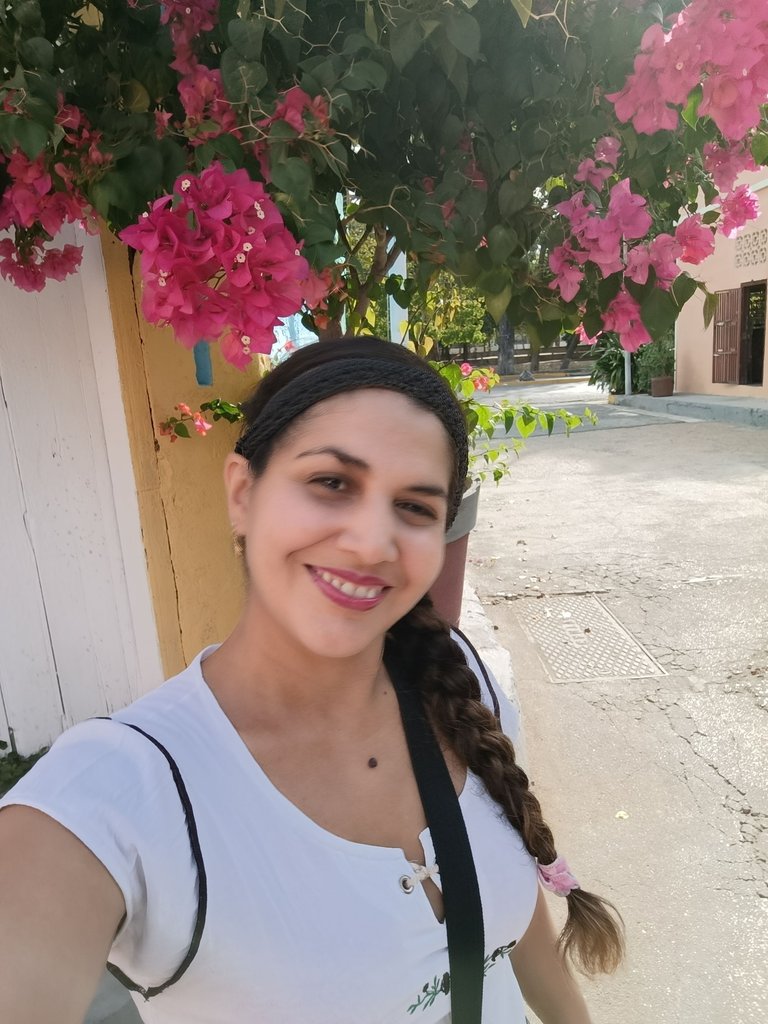
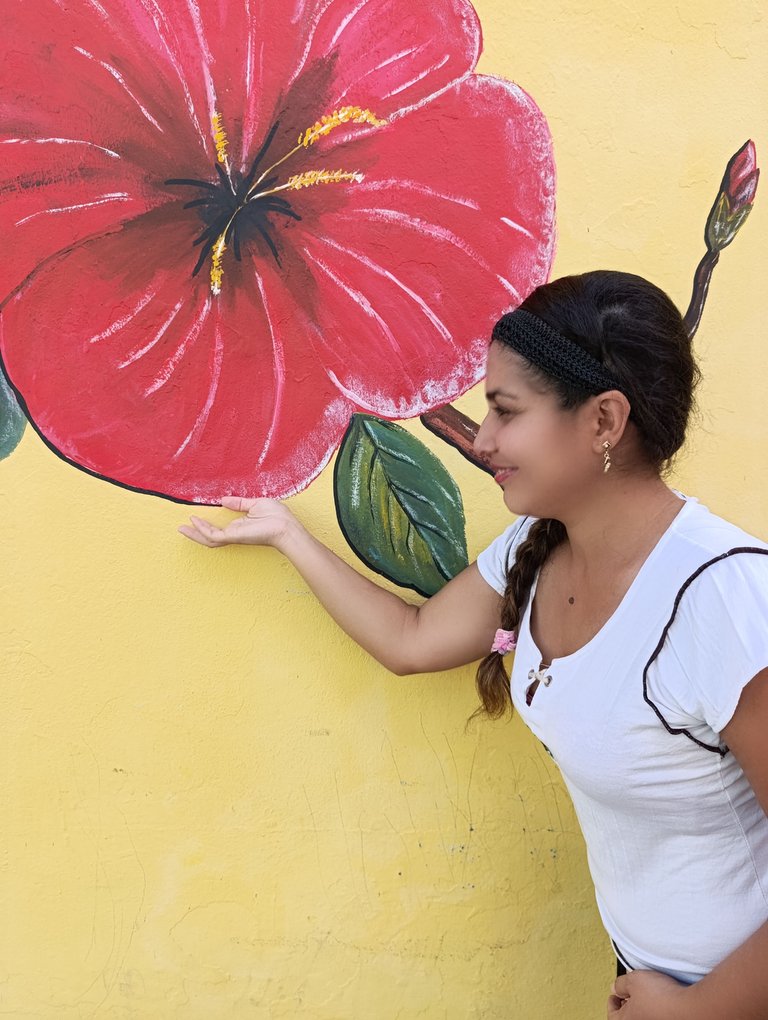
Recently this place was embellished with murals and every area was repainted. The colonial houses maintain their charm with that architectural style typical of this era, where the doors and large windows stand out. I like it when they recover the spaces of the city in this way, I admit that it was pleasant to walk through here.
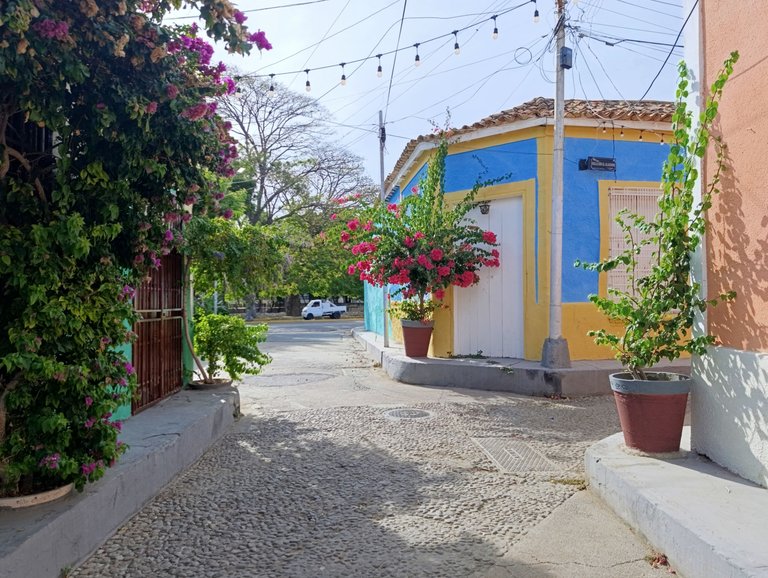
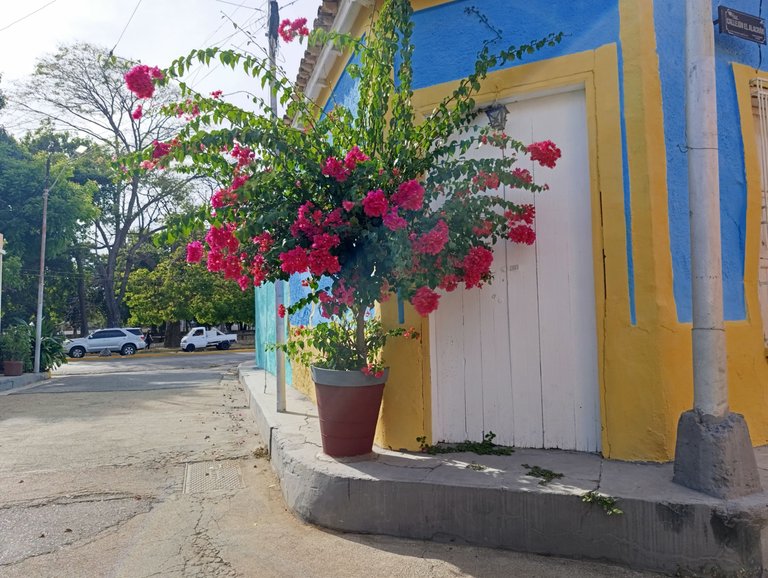
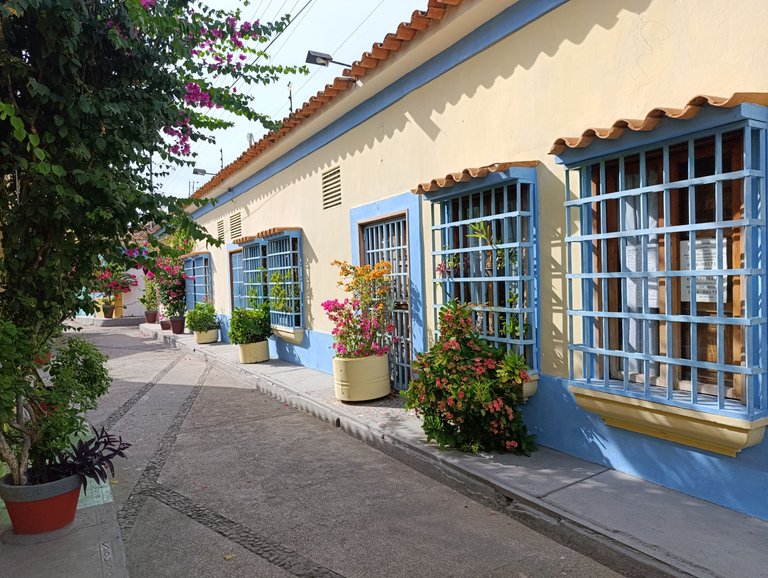
I was delighted with the works on display on the walls, they are a joy to look at. The colorful artistic flowers were the most striking and abundant figures. Likewise, there was a giant butterfly, so I placed myself in the middle of it to pretend its wings were mine. There was also a pillar of the Santa Inés church, just the part that is seen from that position of the alley, an angle that usually appears in most of the paintings that refer to elements of the city.
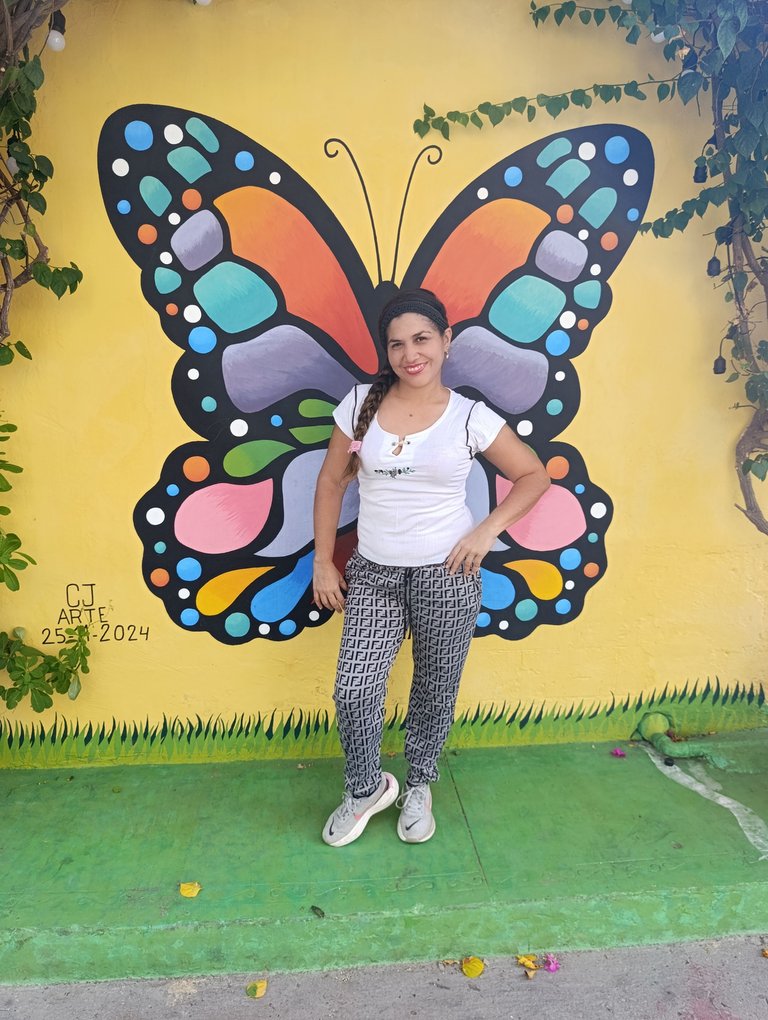
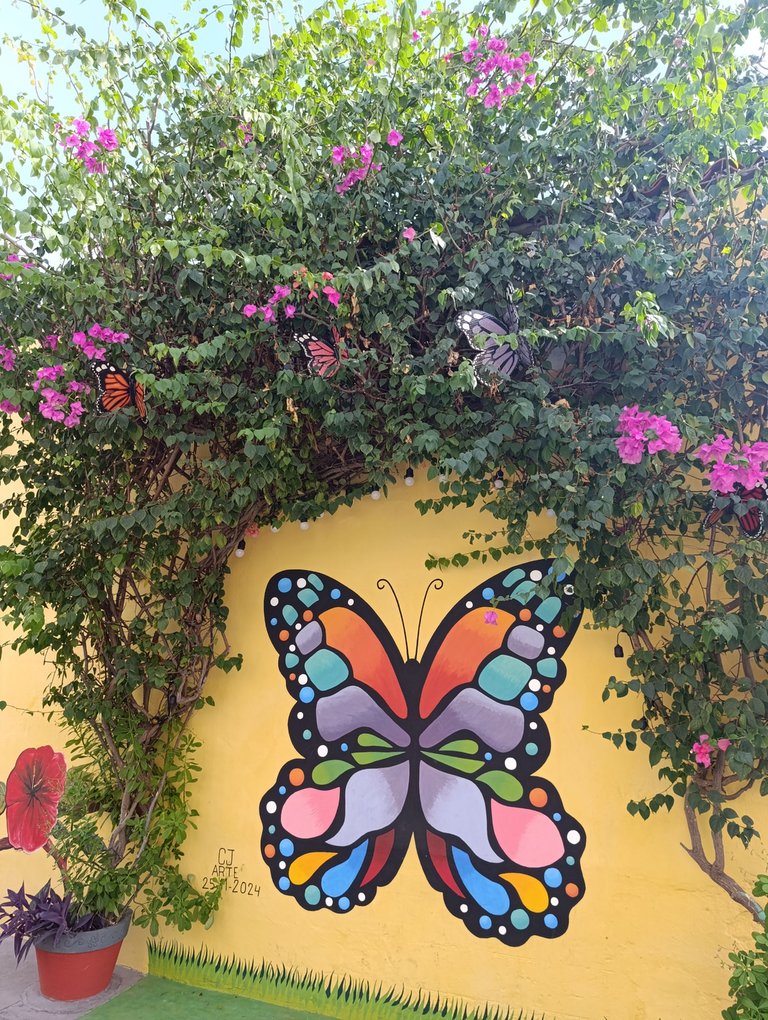
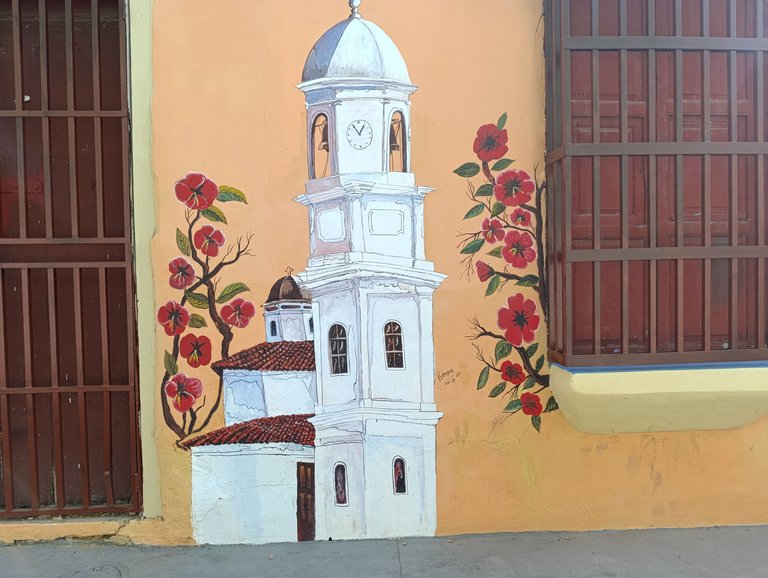
On one of the walls I found a fragment of the song Río Manzanares that says: "Ay Cumaná, quién te viera y por tus calles pasara, y a San Francisco fuera a misa de madrugada", this song, authored by José Antonio López, has been interpreted by most of the singers and musical groups of the region, thus preserving the local culture and folklore.
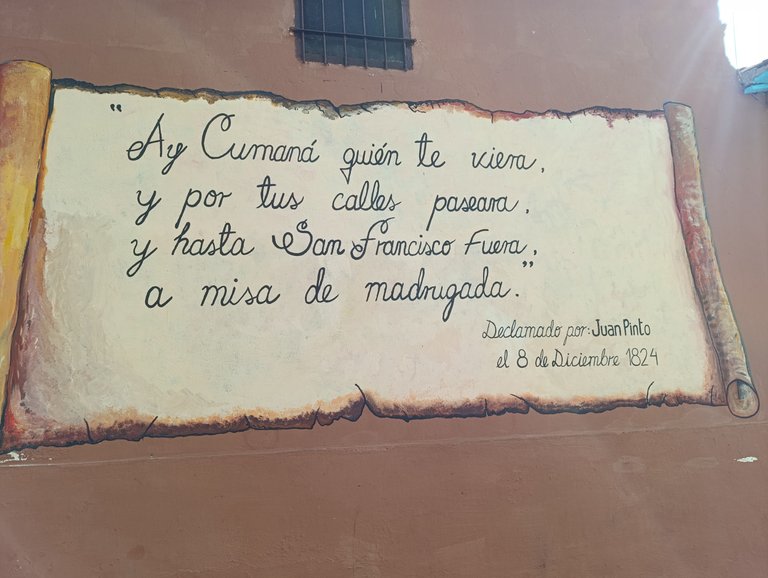
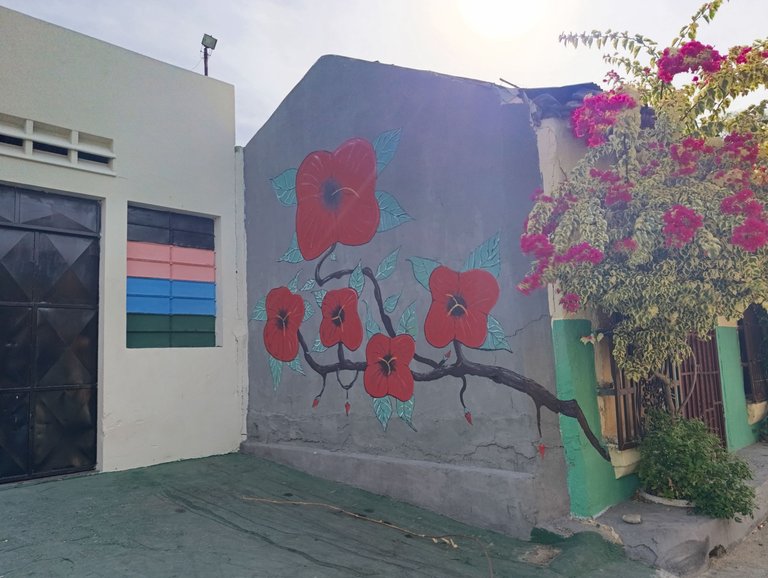
At this time of the year, the trinitarias embellish the alley, giving a pleasant aroma to this walk. Most of them were fuchsias, a color that stands out. In the main area there was a manufactured vine whose outline was made of hanging butterflies, giving a unique touch to the place. The decoration, a mixture of natural and artificial, seemed to me to be well achieved, since there is a balance that is charming to the senses.
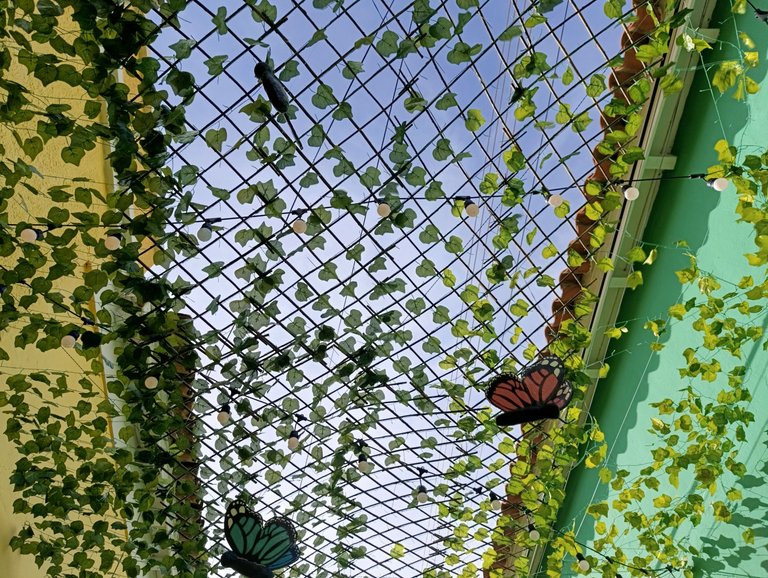
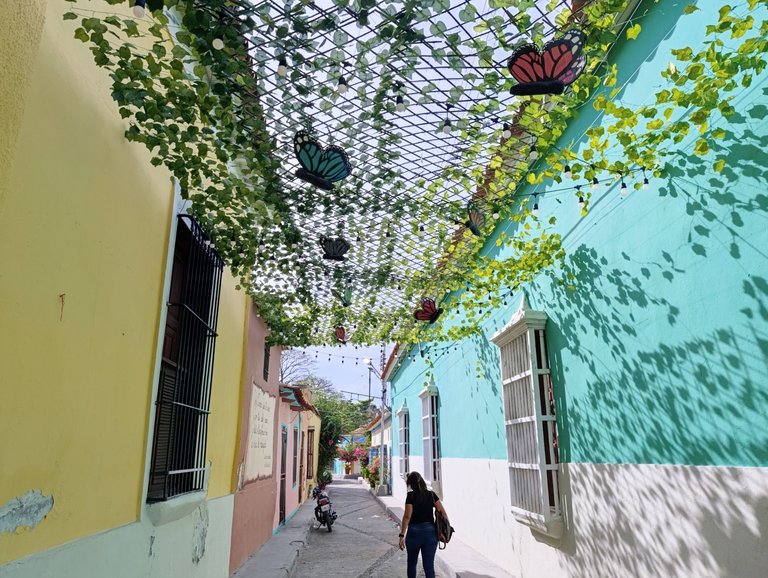
Hoy vuelvo a realizar un recorrido por un callejón emblemático del Casco histórico de la ciudad de Cumaná, me refiero al callejón "El Alacrán", si quieres saber más de la historia, en este post revelo los orígenes de este peculiar nombre y otros datos de interés.


Recientemente este lugar fue embellecido con murales y cada área fue repintada. Las casas coloniales mantienen su encanto con ese estilo arquitectónico propio de esta época, donde se resaltan las puertas y ventanas grandes. Me agradan cuando recuperan los espacios de la cuidad de esta forma, admito que me resultó grato transitar por aquí.



Me deleité con las obras expuestas en las paredes, alegran la mirada. Las coloridas flores artísticas fueron las figuras más llamativas y abundantes. De igual forma, había una mariposa gigante, así que me coloqué en medio de ella para simular que sus alas eras mías. También había un pilar de la iglesia Santa Inés, justo la parte que se ve desde esa posición del callejón, ángulo que suele aparecer en la mayoría de las pinturas que refieren a elementos de la ciudad.



En una de las paredes encontré un fragmento de la canción Río Manzanares que dice: «Ay Cumaná, quién te viera y por tus calles pasara, y a San Francisco fuera a misa de madrugada», este tema, autoría de José Antonio López, ha sido interpretado por la mayoría de los cantantes y conjuntos musicales de la región, preservando así la cultura y el folklore local.


En esta época del año, las trinitarias embellecen el callejón, dándole vistosidad y un aroma agradable a este paseo. La mayoría eran fucsias, tonalidad que resalta. En la zona principal había una enredadera fabricada cuyo contorno eran unas mariposas colgadas, dando un toque único al lugar. La decoración, mezcla de natural y artificial, me pareció bien lograda, puesto que se advierte un equilibrio que resulta encantador a los sentidos.


✓ Fotos propias, editadas con la aplicación Foto Collage.
✓Texto traducido con DeepL.
❤️❤️❤️
✓ Own photos, edited with the Foto Collage application.
✓Text translated with DeepL.
